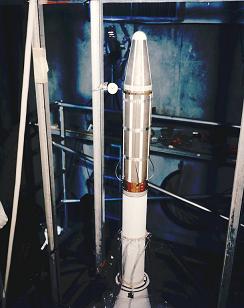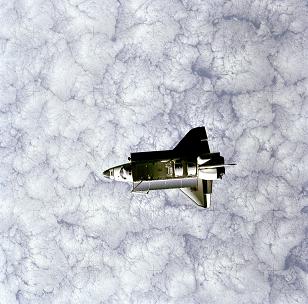This post is the first in a series discussing how power is generated onboard spacecrafts.
One major component of a spacecraft is the power system. All systems onboard a spacecraft need electricity in order to run. From the early days of space flight, development of this essential system has been a challenge for spacecraft designers.
There are a number of factors that spacecraft designers must take into account: the size, the accessibility, and some operational constraints that can limit the options available. A good example of operational constraints is a spacecraft operating in the Van Allen radiation belts, where radiation exposure can contribute to the rapid degradation of the solar arrays. Other important factors that designers need to consider are the lifetime required by the mission, the orbital parameters, and the attitude control concept employed.
Probably some space geeks (especially science fiction fans) would think of M/AM reactors onboard spacecrafts, but the reality is not as glamorous. Maybe future generations of spacecrafts will use that type of technology, but the present generation is using what some might call primitive technology by comparison.
As a general requirement, power systems must control, condition, and process the power received in order to comply with the needs of the systems onboard the spacecraft. The power is received from the primary source, which can be a battery, a solar array, etc. For the duration of the mission, the power system must supply stable and uninterrupted power. If not, the mission is lost.
In the second part of this series, we will take a look at the options available to spacecraft engineers when designing the power system for space missions.











 Subscribe to our RSS feed
Subscribe to our RSS feed











There are no comments.
Add A Comment